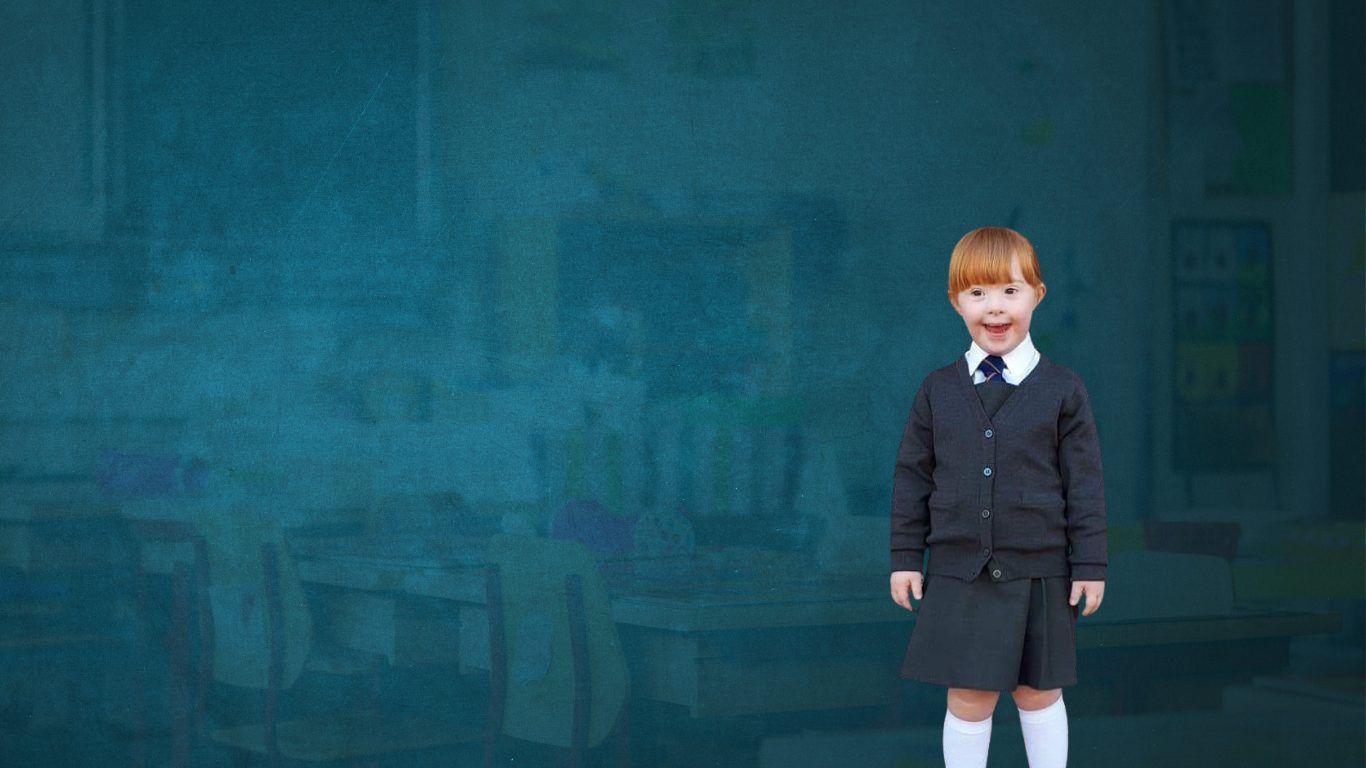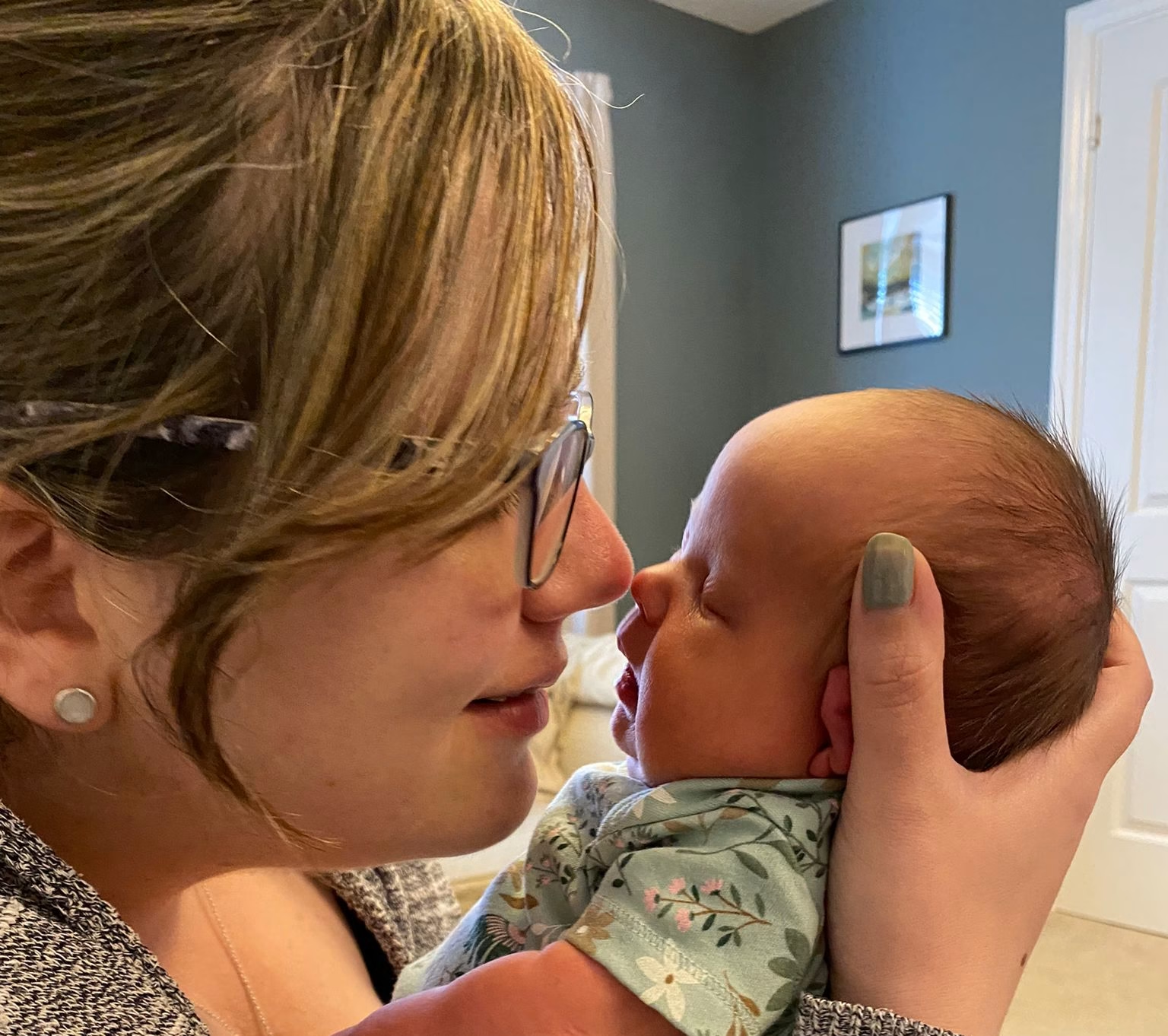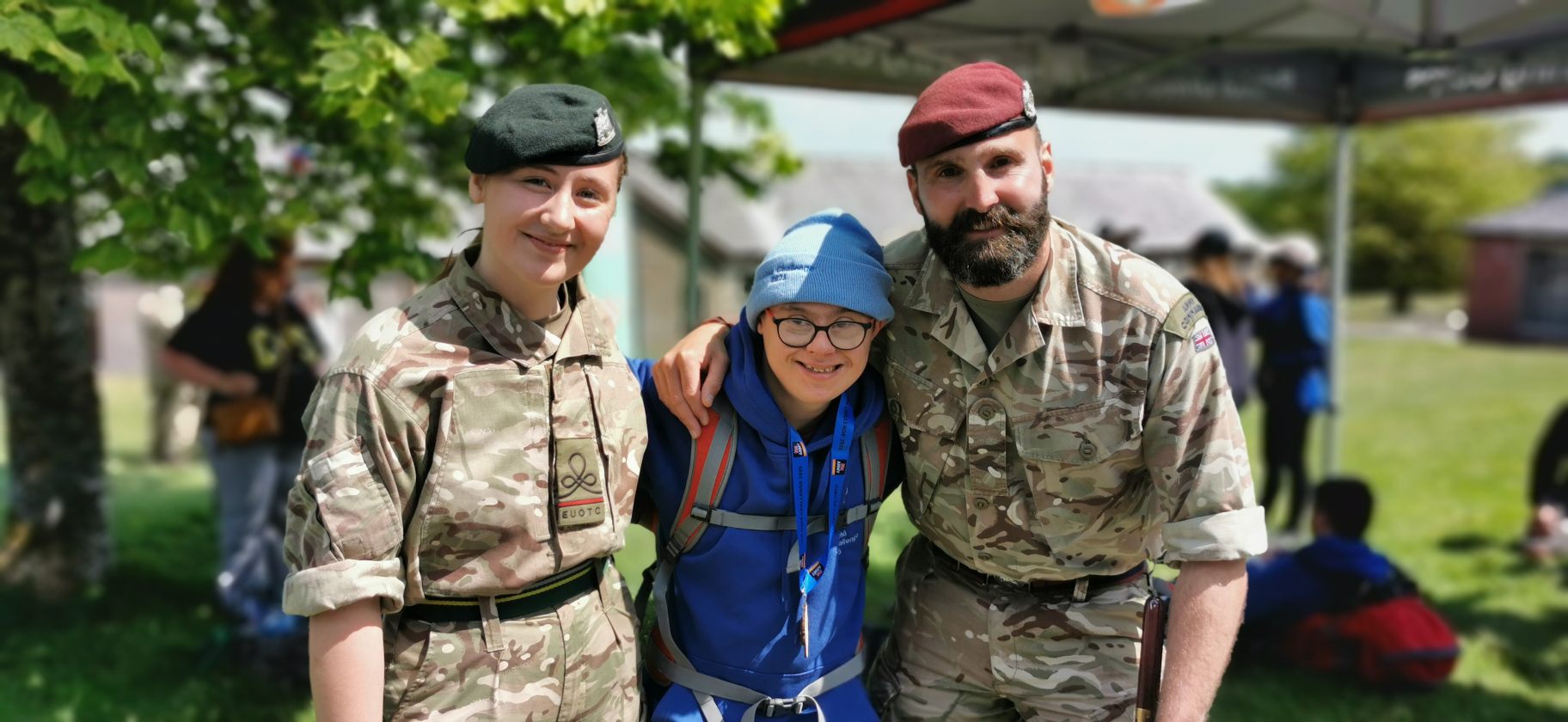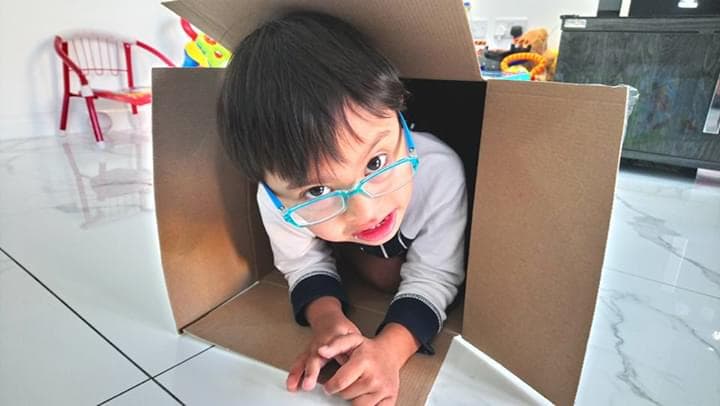Supporting children with Down syndrome in early years settings: understanding learning strengths and challenges
- by Dr Rebecca Baxter
Every child in the early years setting brings their own strengths, personality, and learning style. For children with Down syndrome, there is a distinct learning profile that can guide how we support them best. Understanding both the challenges and the strengths helps us create environments where children feel confident and included.
If you’d like tips for helping a child settle into nursery or how to secure and use funding for a child with Down syndrome in nursery, visit our other blogs first.
The learning profile
Children with Down syndrome often show an uneven learning profile, with strong skills in some areas, and more difficulty in others. Just as with all children, there’s lots of variability, so it’s important to look at each child as an individual.
In the early years, everyday experiences like play, routines, and social interaction are the foundation of learning. By knowing where children may need extra help, we can make small but powerful changes in our practice.
Learning from listening
Over 80% of children with Down syndrome experience hearing difficulties, which can make listening and remembering harder. Verbal short-term memory and auditory processing difficulties may affect how they:
- Learn and remember new words
- Understand spoken instructions
- Join in with group activities
In practice, this means:
- Checking hearing regularly and following advice from health professionals
- Keeping background noise low where possible
- Using visuals to support spoken language e.g., non-verbal communication (facial expression, tone of voice, gestures), modelling and demonstration, pictures and objects etc.
- Giving plenty of time and repetition when introducing new words or instructions
- Starting speech and language intervention early and building it into daily routines
- Using Makaton to support communication
Learning from looking
Visual learning is a real strength. Many children with Down syndrome remember what they see better than what they hear. But vision difficulties or fatigue are also common, so we need to make sure visual input is as clear as possible.
In practice, this means:
- Using simple, uncluttered visual supports like photos, symbols, and objects
- Making sure the environment and resources are clear, bold, and not overwhelming where possible
- Showing children what you want them to do – modelling is key
- Offering repetition and hands-on experiences to reinforce learning
- Recording experiences in personal books or short videos to help recall and repetition
Motor skills
Both fine and gross motor skills can take longer to develop. Movements may be less accurate or slower, meaning children need more practice and encouragement.
In practice, this means:
- Building in lots of opportunities for movement play (crawling, climbing, balancing, soft play)
- Offering lots of opportunity for appropriate fine motor activities like puzzles, threading, painting, and playdough and adapting so they are achievable e.g., threading with pasta/pipe cleaners, bricks that are easy to push/pull
- Using adapted or larger-sized tools (e.g., chunky pencils, easy-grip scissors)
- Supporting hand-eye coordination by using high-contrast materials
- Breaking activities down into small steps and scaffolding success to build confidence
Social skills and independence
Social understanding is a relative strength of the learning profile. Many children with Down syndrome are motivated by social interaction and often show early social skill strengths
In practice, this means:
- Encouraging play with peers through structured group activities and games
- Setting clear boundaries and routines for behaviour, encouraging age-appropriate expectations and independence
- Fostering early self-help skills like tidying, dressing, and feeding
- Including children in activities, groups and play with peers, who can model these skills for our visual learners to watch and copy
Speech and language
Speech and language development is a specific area of difficulty, so children benefit from clear, consistent communication and early intervention.
In practice, this means:
- Using short, simple sentences matched to the child’s level
- Backing up speech with gestures, signs, or visuals
- Checking understanding rather than assuming the child has understood
- Using communication supports as part of every routine—from snack time to playtime
Key Takeaway
In the early years, the ‘all day, everyday’ moments are what matter most. Whether it’s sharing a story, exploring outdoors, or joining circle time, every experience is an opportunity to support learning. By focusing on strengths and providing thoughtful support in areas of challenge, we can help children with Down syndrome to develop confidence, independence, and thrive at nursery.
Need specialised support?
DSUK’s Ealy Years Development Programme offers expert-led training, resources and ongoing support for early years staff to successfully support children with Down syndrome.
Share this post
Author
 Director of Education and Speech and Language Therapy
Director of Education and Speech and Language TherapyDr. Rebecca Baxter as our Director of Education and Speech and Language Therapy. Becky is a speech and language therapist who specialises in Down syndrome and has worked with babies through to young adults with Down syndrome. Becky is also involved in a number of research projects across speech, language and education issues associated with Down syndrome. Becky completed her PhD in 2023 at University College London, which involved developing and evaluating a language intervention for children with Down syndrome. Becky is passionate about supporting speech and language therapists and is currently chair of the Down Syndrome Clinical Excellence Network. She has delivered training to speech and language therapists across the UK and internationally.
View all posts








